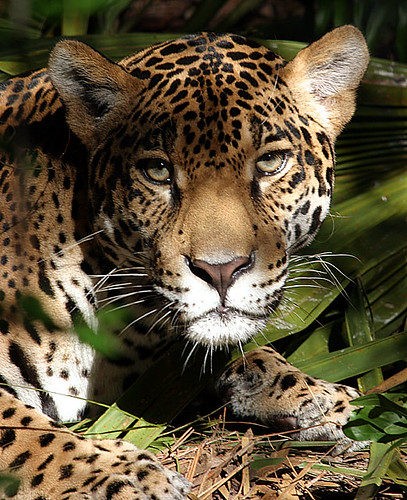Iberian Lynx

An Iberian lynx looks from his enclosure at Cabarceno nature reserve near Santander, northern Spain, October 25, 2005. Europe is doing poorly in safeguarding a range of wildlife from Iberian lynxes to Arctic lemmings and has to do more to reach a goal of halting a loss of species diversity by 2010, an international report said. REUTERS/Victor Fraile Source








































